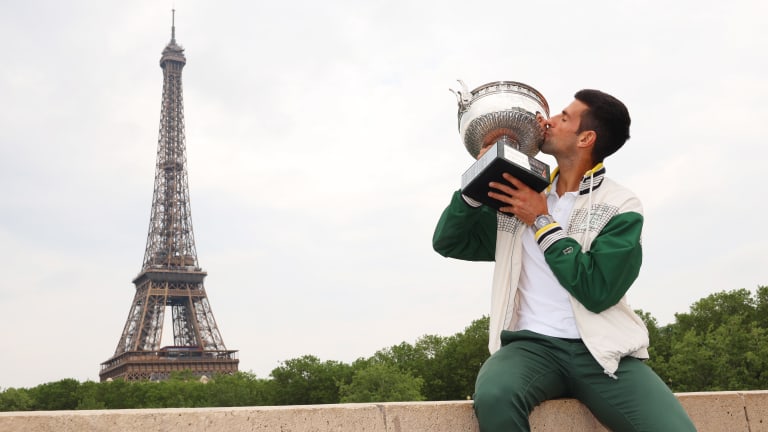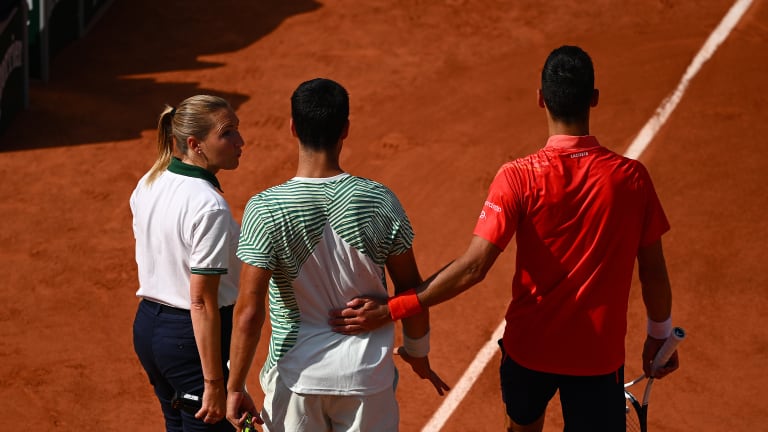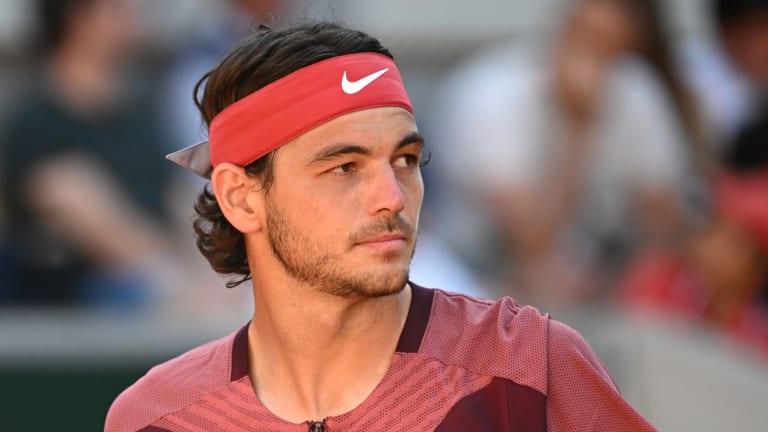Novak Djokovic's seemingly endless excellence is the top story of the 2023 ATP season so far
By Jun 12, 20232025 Year In Review
ATP Match of the Year honorable mentions: Learner Tien denies Medvedev in Melbourne epic and more
By Dec 06, 20252025 Best Viral Moments
Most chaotic tournament of the year? US Open serves up viral moments
By Dec 04, 20252025 Year In Review
ATP Player of the Year, No. 3: Novak Djokovic
By Dec 03, 2025Coaches Corner
Andy Murray doesn't regret "disappointing" coaching stint with Novak Djokovic
By Dec 01, 2025Ranking Reflection
Novak Djokovic becomes oldest player to finish a year in the Top 4 in ATP rankings history
By Nov 25, 2025Ranking Reaction
Novak Djokovic to finish 2025 at No. 4 on ATP rankings, his record-breaking 16th Top 4 finish
By Nov 17, 2025Stat of the Day
Jannik Sinner has now reached the final at all four Grand Slams and the ATP Finals this year
By Nov 15, 2025Quote of the Day
Novak Djokovic and Lorenzo Musetti "had a laugh" about surreal final days of ATP Finals race
By Nov 09, 2025Hellenic Championship
The sights and sounds of Novak Djokovic's Athens triumph: "Playing here feels like home"
By Nov 08, 2025Novak Djokovic's seemingly endless excellence is the top story of the 2023 ATP season so far
But that's not the only intriguing plotline of the year to date.
Published Jun 12, 2023
Advertising
Advertising
Advertising

Quantitative achievements are only part of the way Djokovic has redefined greatness.
© Getty Images
Advertising

Alcaraz's cramping episode in the semifinals put a dampener on a highly-anticipated match.
© 2023 Getty Images
Advertising

After a successful Australian Open, Roland Garros was a frustrating one for the American men.
© Corbis via Getty Images